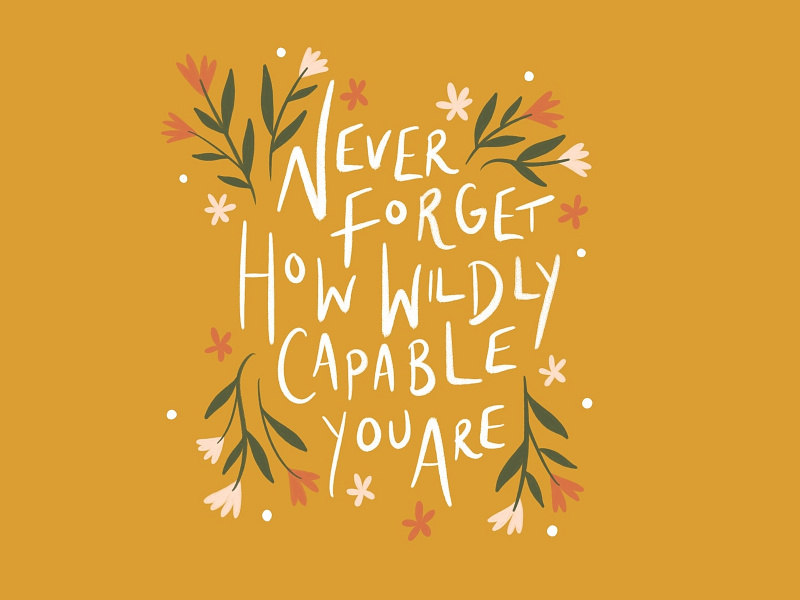We’ve all experienced impostor syndrome at one point or another. In fact, many designers and creatives experience it regularly. Whether you’re a student fresh out of design school, or an award-winning designer with years of experience, dealing with feelings of self-doubt is only human and completely normal.
The bigger issue to tackle is, how can we deal with impostor syndrome when we feel it sneaking into our internal dialogue?
Before jumping into some helpful coping strategies, what is impostor syndrome anyways? Let’s have a closer look at the dictionary definition:
Sound like a familiar feeling? Well, don’t despair. Below are three essential tips to help you deal with feelings of inadequacy that stem from impostor syndrome. Learn how to recognize these feelings and nip them in the bud, so you can focus on creating your best work yet.
Quit comparing
As a designer, you likely pull inspiration from everywhere — including other designers’ work (hello Dribbble!). As much as we know we shouldn’t, we subconsciously compare our abilities to those of others all of the time, “I wish I could make that.” or “I wish I thought of that idea”.
Instead of getting caught up in the negative self-talk, focus on catching yourself in the act of comparing. Try to reframe your thoughts and turn them into fuel for inspiration. How can you add your own spin to that design you love? What can you draw from your own unique perspective to create something in a similar vein?
Remember, just because another designer is insanely talented, doesn’t make you any less capable. So practice catching yourself in moments of low self-confidence, and train your mind to turn those thoughts into creative ammunition. Comparisons can turn into a great motivator if you address these feelings appropriately!
Embrace failure
Failure is a significant part of every designer’s process. Of course, when looking through a sea of finished design work, this is very easy to forget. Believe it or not, behind every beautiful, polished design was a ton of iteration work, some bad ideas, and not-so-stellar looking versions of the finished product.
Instead of stressing yourself out because you can’t spew out a perfect design right from the get-go, take a step back and snap yourself out of that perfectionist attitude. Remind yourself that failure is unavoidable in the design process. You’ve got to fall flat on your face a few times before all of those failures lead you to that one brilliant solution.
A thoughtful way to bring yourself back down to earth when these negative thoughts start to creep in is to actively search for and follow designers who share process Shots (like this one). Going behind the scenes of the design process will help serve you a constant reminder that great work takes time — even for the most talented designers out there.
Talk about it
We tend to believe we are the only ones who feel the effects of impostor syndrome because not enough people voice their doubts. But the beauty of impostor syndrome is that we’re never alone in feeling it.
Part of what makes the design community so special is the amount of support, willingness to share, and genuine encouragement for your peers. Lean on your design community and don’t shy away from vulnerability when it comes to sharing feelings of fraudulence out loud. You might be surprised at the response you receive from other creatives who struggle with the same thoughts.
Keep building each other up, sharing constructive and positive feedback, and relish in the fact that impostor syndrome will only make you that much more relatable to your peers. After all, it’s only human.
Overcoming impostor syndrome is no easy feat, but we hope these pointers guide you in the right direction the next time that ugly feeling strikes. Regardless of whether it’s your first time tackling a new job, remember that even the most successful people experience impostor syndrome! Quit comparing yourself to other designers, learn to embrace failure, and lean on your community for support. ■
Find more Inspiration stories on our blog Courtside. Have a suggestion? Contact stories@dribbble.com.


















